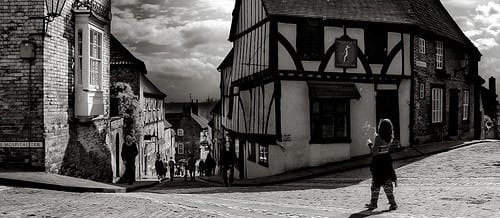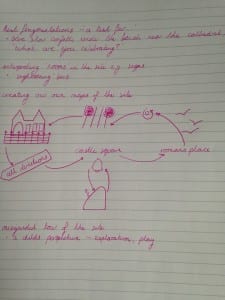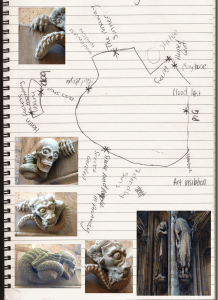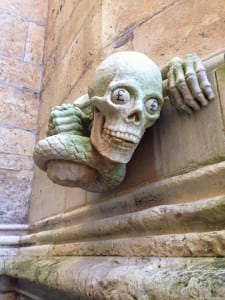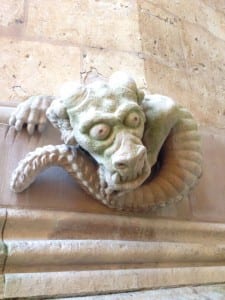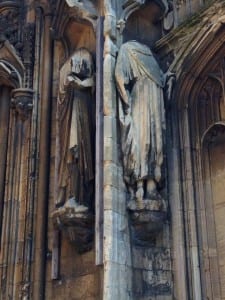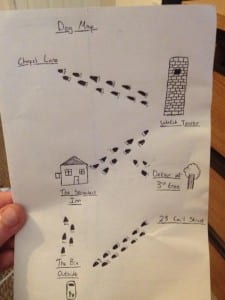When originally exploring the site, I took many photos of documentation to reflect what intrigued or inspired me about the uphill surroundings. Having lived in Lincoln for over a year, it would be more than likely that I would carelessly walk through the site without really taking in every aspect of its culture and history. As described by Phil Smith in the chapter: The Handbook of Drifting, he encourages that individuals who partake in Guy Debord’s ‘derive’ (also known as a drift) must look for a theme: textures, the old, the new; looking for meaning in everything. This type of walk described as ‘drifting’ aims to detach us from our comfort zone and take chances on where a walk may take us. One of Smith’s instructions is to ‘get rid of rational-way finding’ to collectively allow ‘what has happened so far to determine your next choice.’ (Smith, 2010, 119). It is almost like being an excited child and letting your instincts guide you, rather than guiding ourselves by what we merely think we would like to see. Thus, Debord developed a concept known as ‘pyschogeography’ – intertwining our conscious everyday critical thinking as a ‘playful encounter with [a site]’ (Govan et al, 2007, 141).
Continuing from the idea of playfulness, we were set a task to go on a walk and create a map of some sort to record our encounters of the space. Me and Megan decided that we would focus on that of the senses – drawing buildings that we found distinctive, textures that grabbed us and conversations we could hear around us. Here is my mix-matched map of our walk around uphill Lincoln:
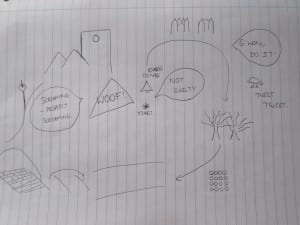
Our mix-matched map!
As you can see, we noted particularly snippets of conversations we heard as passers by, which we found quite comical. Once we had returned from our short explorations in pairs, we came back to St. Paul’s courtyard in Bailgate to create our own misguides and tours of our own. Arlene Sanderson talks about ‘Wrights and Sites’ for those interested in the performed activity of walking. A manifesto was created which depicted how they wanted to generate walking that ‘engages with and changes the city, it recruits the arts not as passive expressions, but as the active changes of it.’ (1991, 70). In this sense, we were given the freedom to create misguided tours around the courtyard. Me and Megan decided to act upon the idea of playfulness and decided to view the courtyard as if from a child’s perspective. The benches near the well were the safety zone, whilst the shape formed on the floor further away from the well was the deep dark depths of the underworld. Other groups took us on various tours and some of these intriguing misguides are shown on my flickr photo stream, which you can view through the link at the beginning of my blog post.
Works Cited:
Smith, P. (2010) Mythogeography: A guide to walking sideways. London: Axminster Triarchy Press.
Govan, E., Nicholson, H., and Normington, K. (2007) Making a Performance: Devising Histories and Contemporary Practices. New York: Routledge.
Sanderson, A. (1991) A Manifesto for a New Walking Culture: ‘Dealing with the City’. In: Wrights and sites. United States: Washington Preservation Press.
